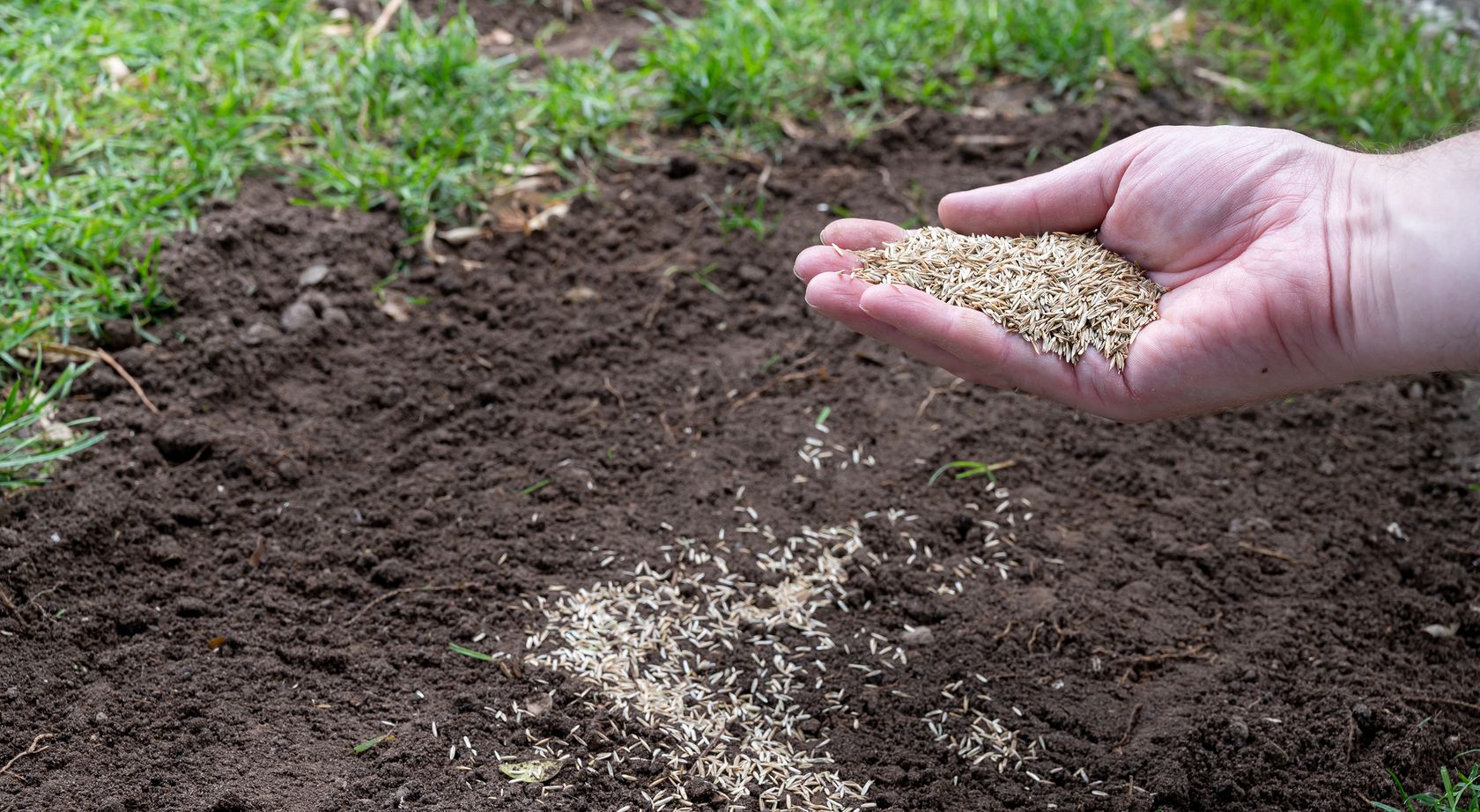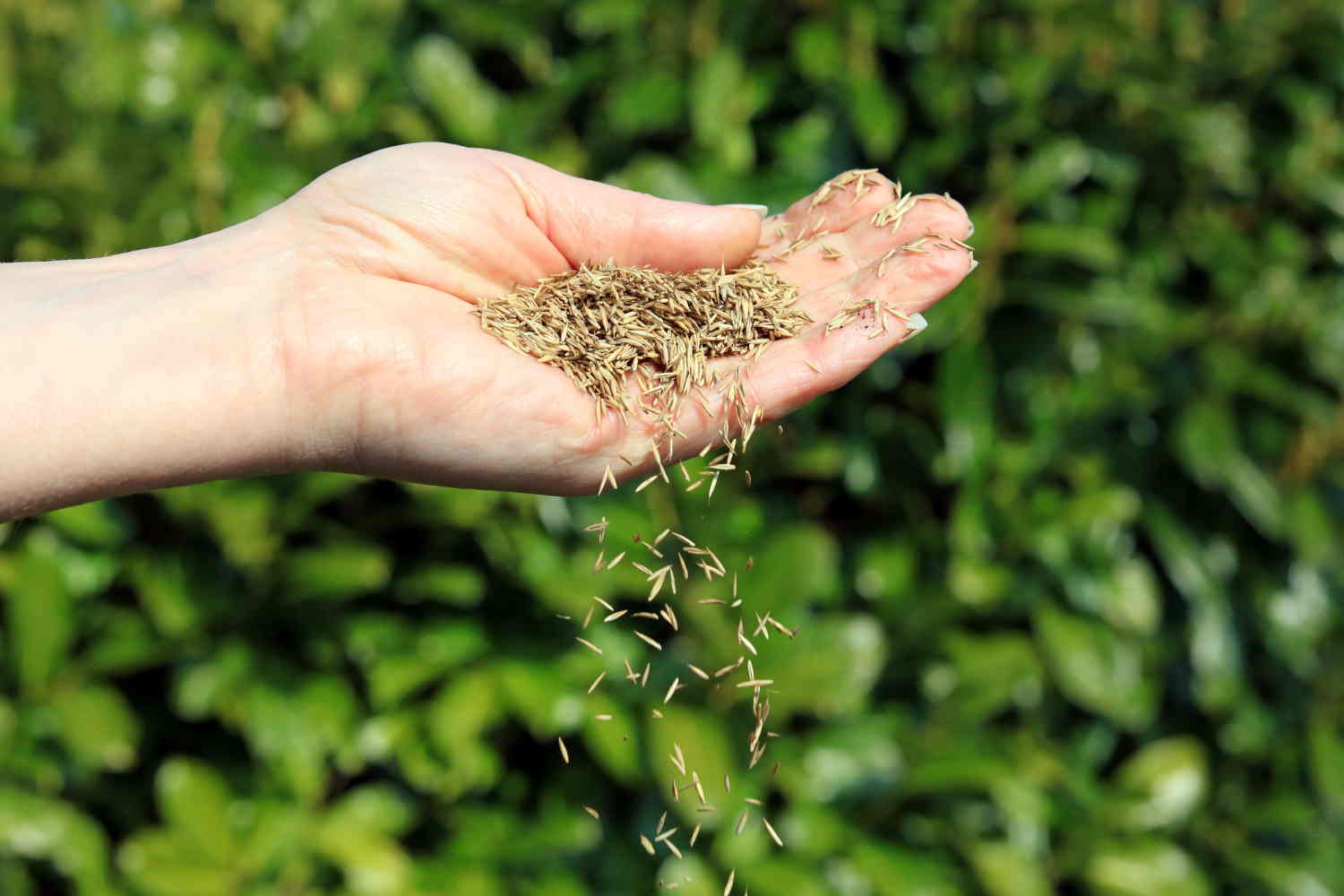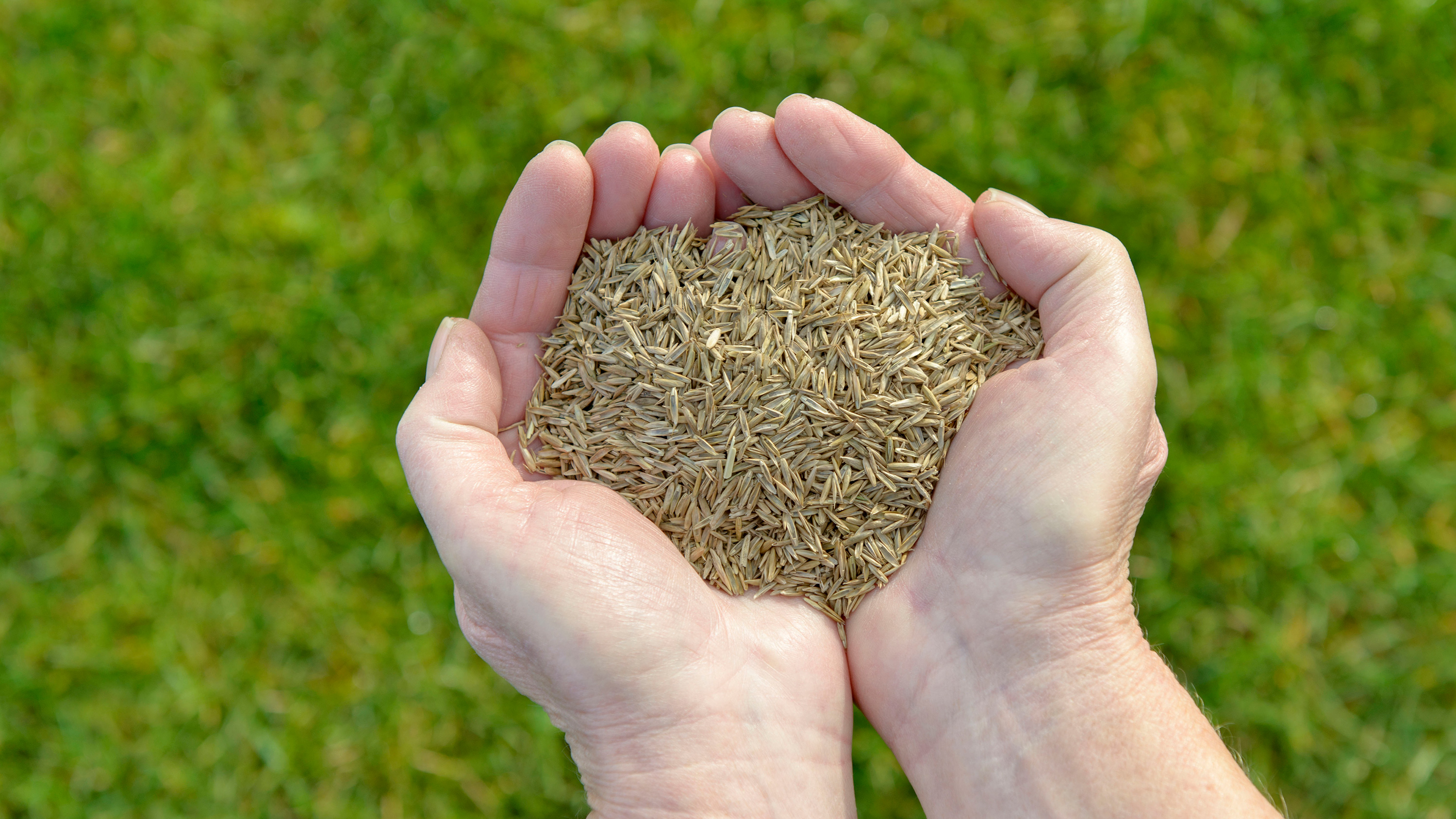Preparing the Perfect Soil Bed
Before sowing grass seeds, it’s crucial to prepare the soil to create a conducive environment for germination and growth. A well-prepared soil bed can make all the difference in the success of your lawn. Removing debris, such as rocks and twigs, can hinder seed germination and growth, while tilling helps to loosen the soil and create a smooth surface for sowing. Adding organic matter, like compost or manure, enriches the soil with nutrients, improving its structure and fertility. A healthy soil bed is the foundation of a lush and thriving lawn, and it’s crucial to get it right from the start. By taking the time to prepare the soil, you’ll be setting yourself up for success and giving your grass seeds the best chance to grow into a beautiful, vibrant lawn that will thrive for years to come, regardless of how long it takes to grow grass from seed.
Choosing the Right Grass Seed for Your Climate
Selecting the right grass seed for your region’s climate is crucial for a lush and thriving lawn. There are two main types of grass seeds: cool-season and warm-season grasses. Cool-season grasses, such as Kentucky bluegrass and perennial ryegrass, thrive in temperate climates with moderate temperatures and adequate moisture. They grow rapidly in the spring and fall, but may go dormant during hot summer months. Warm-season grasses, such as Bermudagrass and zoysiagrass, are ideal for tropical and subtropical regions with high temperatures and low rainfall. They grow actively during the summer, but may go dormant during cooler winter months. When choosing a grass seed, consider factors such as climate, soil type, sunlight, and intended use. By selecting the right grass seed for your climate, you’ll be well on your way to growing a beautiful lawn that will thrive for years to come, regardless of how long it takes to grow grass from seed. Additionally, understanding the specific needs of your grass seed will help you provide the optimal conditions for growth, ensuring a healthy and vibrant lawn.
How to Sow Grass Seeds for Optimal Germination
Sowing grass seeds correctly is crucial for optimal germination and growth. To ensure success, follow these step-by-step instructions: First, calculate the ideal seeding rate for your lawn, taking into account the type of grass seed and the size of your lawn. Next, prepare the soil by loosening it to a depth of 8-10 inches and raking it smooth. Then, spread the grass seeds evenly over the soil, using a spreader or by hand. The ideal seeding depth is 1/8 inch, and the seeds should be spaced about 1-2 inches apart. Rake the seeds into the soil gently, and then apply a thin layer of mulch or straw to retain moisture. Finally, water the soil gently but thoroughly, and keep it consistently moist during the germination period. By following these steps, you’ll be well on your way to growing a lush and thriving lawn, regardless of how long it takes to grow grass from seed. Remember, proper sowing techniques can make all the difference in the success of your lawn, so take the time to get it right.
The Waiting Game: Understanding Grass Seed Germination
After sowing grass seeds, the waiting game begins. Germination is a critical stage in the growth process, and understanding the factors that influence it can help you optimize conditions for success. Grass seed germination typically occurs within 7-14 days, but this timeframe can vary depending on several factors, including soil temperature, moisture, and light. Soil temperature is a key factor, with most grass seeds germinating best in temperatures between 65°F and 85°F. Adequate moisture is also essential, as seeds need consistent water supply to break dormancy. Light exposure can also impact germination rates, with some grass species requiring direct sunlight while others prefer shade. By providing optimal conditions for germination, you can increase the chances of successful growth and reduce the time it takes to grow grass from seed. Additionally, understanding the germination process can help you identify potential issues early on, such as poor soil quality or inadequate watering, and take corrective action to ensure a healthy and thriving lawn.
Nurturing Your New Lawn: Watering and Maintenance
After sowing grass seeds, proper care and maintenance are crucial to ensure a healthy and thriving lawn. Watering is a critical aspect of lawn care, especially during the germination and establishment phases. Aim to provide about 1-2 inches of water per week, either through rainfall or irrigation. It’s essential to water deeply and infrequently to encourage deep root growth, rather than shallow and frequent watering that can lead to weak roots. Mowing is another essential task, and it’s recommended to maintain a height of 2.5-3 inches to promote healthy growth. Fertilization is also vital, and a balanced fertilizer applied at the recommended rate can provide essential nutrients for growth. Additionally, regular aeration and dethatching can help improve soil drainage, reduce soil compaction, and promote healthy growth. By following these tips, you can create a conducive environment for your grass to grow, and reduce the time it takes to grow grass from seed. Remember, proper care and maintenance can make all the difference in the success of your lawn, so be patient and stay committed to your lawn care routine.
The Growth Stages of Grass: What to Expect
Grass growth is a complex process that involves several stages, from germination to maturity. Understanding these stages can help you identify potential issues and take corrective action to ensure a healthy and thriving lawn. The first stage is germination, which typically occurs within 7-14 days after sowing. During this stage, the seedling emerges from the soil and develops its first set of leaves. The next stage is the seedling stage, where the grass plant develops its root system and begins to grow its blades. This stage usually lasts around 1-2 weeks. The tillering stage follows, where the grass plant produces new shoots and roots, leading to a denser and more robust lawn. This stage can last several weeks to a few months. The final stage is the mature stage, where the grass plant reaches its full height and density. This stage can take several months to a year or more, depending on factors such as climate, soil quality, and seed type. By understanding these growth stages, you can better care for your lawn and address any issues that may arise during the growth process, ultimately reducing the time it takes to grow grass from seed.
How Long Does it Take to Grow Grass from Seed?
One of the most common questions asked by homeowners and gardeners is “how long does it take to grow grass from seed?” The answer to this question depends on several factors, including climate, soil quality, and seed type. In general, it can take anywhere from 7 to 30 days for grass seeds to germinate, and several months to a year or more for the grass to reach maturity. Cool-season grasses, such as Kentucky bluegrass and perennial ryegrass, tend to germinate faster than warm-season grasses, such as Bermudagrass and zoysiagrass. Soil quality also plays a crucial role, with well-draining, fertile soils promoting faster growth rates. Additionally, the quality of the seed itself can impact growth rates, with high-quality seeds germinating faster and more consistently. Understanding these factors can help you better plan and prepare for the growth of your lawn, and reduce the time it takes to grow grass from seed. By providing optimal growing conditions and proper care, you can encourage healthy growth and enjoy a lush, green lawn in no time.
Troubleshooting Common Issues with Grass Seed Growth
Despite proper preparation and care, issues can still arise during the grass seed growth process. Identifying and addressing these problems early on can help prevent long-term damage and ensure a healthy, thriving lawn. One common issue is poor germination, which can be caused by factors such as inadequate soil moisture, incorrect seeding depth, or poor seed quality. To overcome this, it’s essential to ensure optimal soil conditions, including adequate moisture and aeration, and to use high-quality seeds. Thinning, or bare spots, can also occur due to factors such as overwatering, underwatering, or pest issues. To address thinning, it’s crucial to maintain a consistent watering schedule, monitor for pests, and apply fertilizers as needed. Pest issues, such as grubs or chinch bugs, can also hinder grass seed growth. Regular monitoring and application of pest control measures can help prevent infestations. By being aware of these common issues and taking proactive steps to address them, you can minimize setbacks and ensure a successful grass seed growth process, ultimately reducing the time it takes to grow grass from seed.







